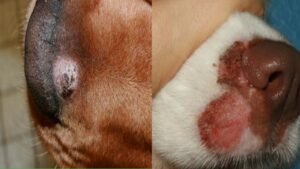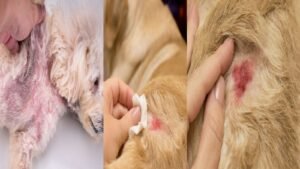Understanding RMS Disease and Kesimpta: A Game-Changer in Multiple Sclerosis Treatment
what is rms disease kesimpta ?
Introduction
Relapsing multiple sclerosis (RMS) is a chronic neurological disorder that affects the central nervous system (CNS), leading to episodes of neurological dysfunction followed by periods of partial or complete recovery. This condition can significantly impact the quality of life, making early diagnosis and effective treatment crucial. One of the most promising treatments in recent years is Kesimpta (ofatumumab), a targeted therapy that has revolutionized the way RMS is managed. This article explores RMS, its causes, symptoms, and how Kesimpta is transforming treatment outcomes.

What is Relapsing Multiple Sclerosis (RMS)?
Multiple sclerosis (MS) is an autoimmune disease in which the immune system mistakenly attacks the protective covering of nerve fibers known as myelin. This leads to inflammation and damage, disrupting communication between the brain and the rest of the body. RMS is a form of MS characterized by clearly defined episodes of new or worsening symptoms, known as relapses, followed by periods of remission where symptoms partially or completely improve.
Causes and Risk Factors
The exact cause of MS, including RMS, remains unknown. However, several risk factors have been identified:
- Genetic predisposition: A family history of MS increases susceptibility.
- Immune system dysfunction: Abnormal immune responses play a critical role in myelin damage.
- Environmental factors: Low vitamin D levels, smoking, and exposure to viral infections such as Epstein-Barr virus (EBV) are linked to higher MS risk.
- Geographic location: MS is more common in regions farther from the equator, suggesting a role of sunlight and vitamin D.
symtoms of RMS
The symptoms of RMS can vary widely depending on the extent and location of nerve damage. Common symptoms include:
- Fatigue
- Numbness or tingling in the limbs
- Muscle weakness and spasms
- Difficulty walking and coordination problems
- Blurred or double vision
- Cognitive impairment (memory and concentration difficulties)
- Bladder and bowel dysfunction
How Kesimpta Works
Kesimpta (ofatumumab) is a monoclonal antibody specifically designed to target B cells, which play a key role in MS progression. It belongs to a class of medications known as B-cell depleting therapies and works by binding to CD20, a protein found on the surface of B cells. By eliminating these harmful immune cells, Kesimpta helps reduce inflammation, slow disease progression, and decrease the frequency of relapses
Benefits of Kesimpta for RMS Patients
Kesimpta offers several advantages compared to traditional MS treatments:
- Convenient Administration: Unlike infusion-based therapies, Kesimpta is a self-administered subcutaneous injection taken once a month, allowing patients greater independence and flexibility.
- High Efficacy: Clinical trials have shown that Kesimpta significantly reduces relapse rates and delays disability progression.
- Reduced Side Effects: Compared to traditional MS therapies, Kesimpta is generally well-tolerated with a lower risk of infections and infusion-related reactions.
- Targeted Action: By focusing on B cells, Kesimpta provides a more precise approach to managing RMS, minimizing unnecessary immune suppression.
Possible Side Effects
While Kesimpta is a breakthrough in RMS treatment, it does have potential side effects, including:
- Mild to moderate injection-site reactions (redness, swelling, pain)
- Increased risk of infections due to immune suppression
- Headache and fatigue
- Upper respiratory tract infections
- Reduced white blood cell counts
Patients considering Kesimpta should consult their healthcare provider to discuss the risks and benefits based on their specific medical history.
Who Can Benefit from Kesimpta?
Kesimpta is primarily recommended for adults diagnosed with relapsing forms of MS, including:
- Clinically isolated syndrome (CIS)
- Relapsing-remitting MS (RRMS)
- Active secondary progressive MS (SPMS)
However, it may not be suitable for individuals with severe infections, weakened immune systems, or those who are pregnant or planning to conceive.
Conclusion
Relapsing multiple sclerosis is a challenging condition, but advancements in medical science have brought new hope to patients. Kesimpta has emerged as a revolutionary treatment, offering high efficacy, ease of use, and a well-tolerated profile. As more research unfolds, the future of MS treatment continues to look promising, empowering patients to manage their condition with greater confidence and improved quality of life.



















